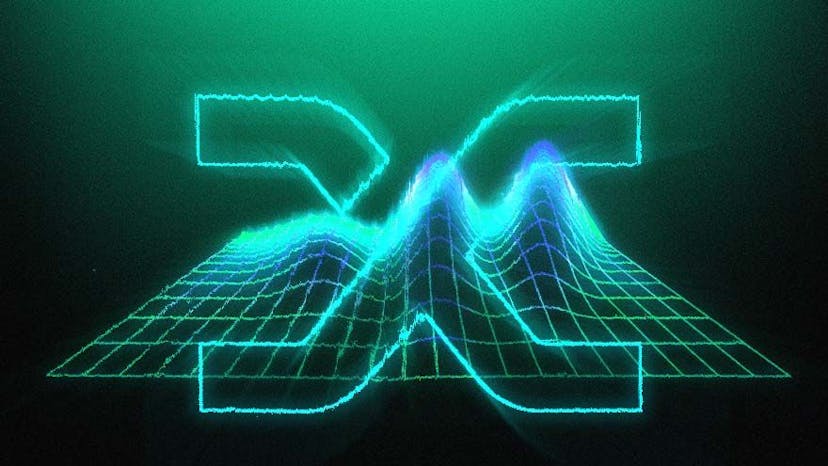LSDs Gather Mojo as Euler Lists Staked ETH as Collateral
More Than $26M in cbETH Deposited on First Day of Listing
By: Owen Fernau • Loading...
Markets
In the clearest sign yet Ether-based derivatives are picking up momentum, Euler Finance on Wednesday listed cbETH, a staking instrument offered by Coinbase, as a collateral asset.
More than $26M cbETH has already been deposited as collateral in Euler, DeFi’s No. 5 lending protocol with $223M locked in its smart contracts.
It appears to be the first move to permit traders to borrow cbETH, which hit the market in August and quickly became the the second largest staking derivative next to Lido’s stETH, in a major lending protocol.
Staked Rewards
“The Euler and Coinbase integration allows cbETH holders to finally use their balance sheet for more productive things than just holding for staked rewards,” Seraphim Czecker, head of risk at Euler, told The Defiant. He said that trading firms expressed interest in the offering beforehand.
The development comes as other lending protocols race to accept staking derivatives as collateral. Marc Zeller, the former integrations lead at Aave Companies, the firm behind the lending protocol by the same name, posted a proposal on the Aave’s forums to accept rETH, the third largest staking derivatives, as collateral on Jan. 16.
Aave is DeFi’s largest lending protocol with $4.56B locked in its smart contracts (TVL), according to The Defiant Terminal and has $1.46B of stETH, the leading staking derivative for Ether, already posted.

Perpetuals Action Soars as Volatility Stokes Trading
Synthetix Records ATH in Users After Release of V2
With moves by lenders this week to further the utility of both rETH and stETH, the ecosystem of liquid staking derivatives, affectionately known as “LSDs,” has continued to make inroads into DeFi.
It’s not surprising — the fundamental value proposition of accruing staking rewards while also using LSDs in other ways is a compelling one.
Even so, there is a mounting risk for DeFi as investors embrace LSDs. Danny Ryan, a researcher at the Ethereum Foundation, dropped a post back in May suggesting that the protocols pose a serious threat to Ethereum’s neutrality. The concern is that the protocols that take custody of staked ETHto issue LSDs like stETH are centralized points of failure, which threatens Ethereum’s value proposition of decentralization.
Successful LSDs
Meanwhile, Coinbase’s venture arm joined forces with a powerful decentralized autonomous organization (DAO) in Rocketpool, the issuer of rETH. As rETH is arguably a competitor to cbETH, Coinbase may also see a diverse set of successful LSDs as important to Ethereum’s success.
The company said as much in its whitepaper on cbETH, which says “it is necessary for the liquid staking market to have strong, competing solutions with differentiated qualities.”
Beacon Chain
Ethereum completed its transition to proof-of-stake, a process called “The Merge,” in September. This meant that the Beacon Chain, a proof-of-stake chain, essentially took over the duties of the proof-of-work layer for Ethereum. This brought users who had staked in the Beacon Chain one step closer to being able to unlock their Ethereum.
The Merge diagrammed. Source: Ethereum
The latest news with regards to the Beacon Chain came in January with the indication that users will start to be able to withdraw their ETH in March.
As Ethereum developers have pushed the protocol forward, Coinbase’s cbETH has trended towards parity with ETH since the staking derivative launched. Like many LSDs, cbETH has traded at a discount against ETH as the market has valued the derivatives as more risky than their vanilla counterpart.
cbETh has tacked toward parity with ETH.
With developers hitting milestones which push Ethereum closer to unlocking staked ETH, LSDs have generally trended up as there is less apparent risk in holding them.
Advertisement
Get the best of The Defiant directly in your inbox 💌
Know what matters in Web3 with The Defiant Daily newsletter, every weekday
90k+ investors informed every day. Unsubscribe anytime.